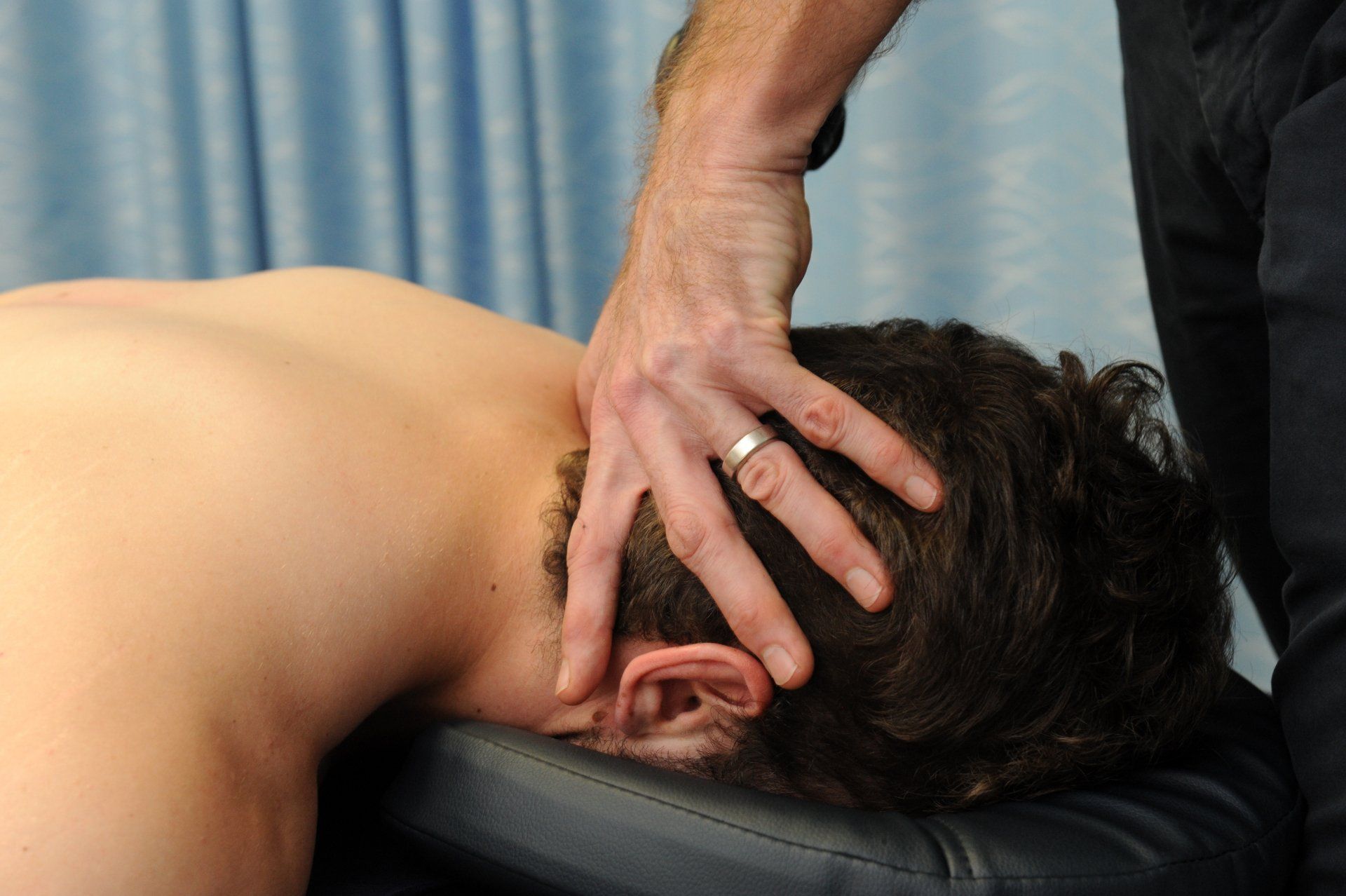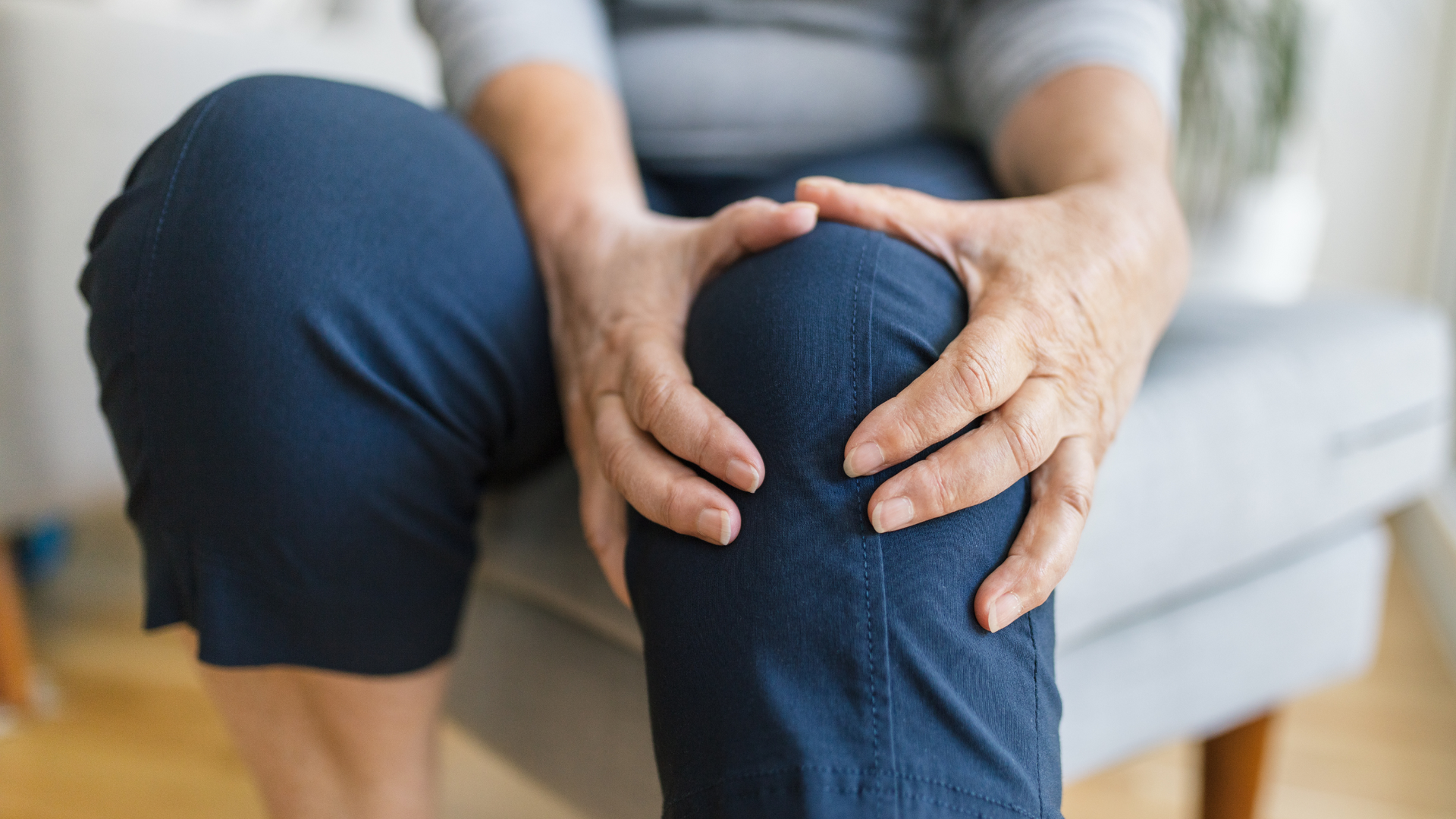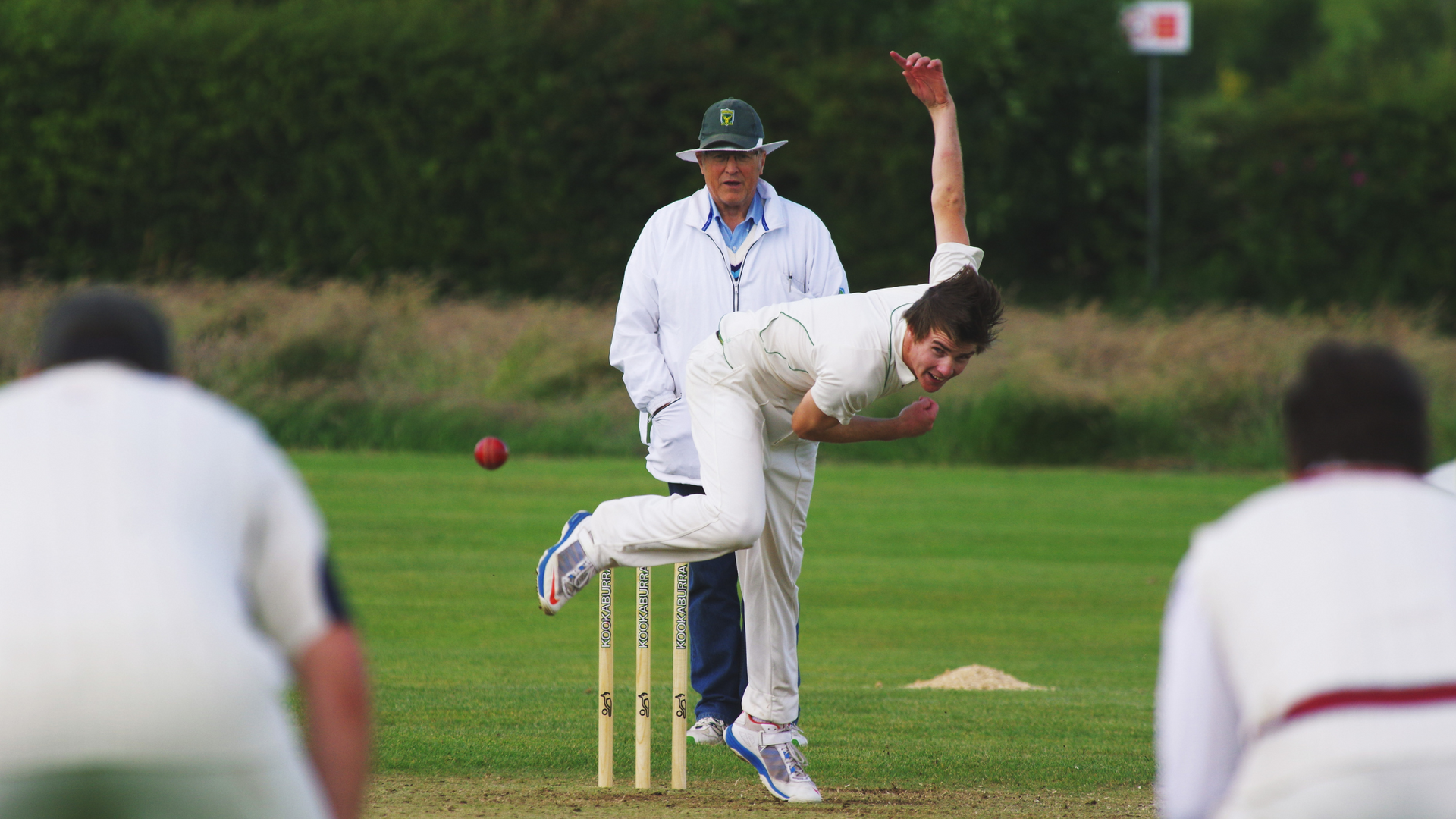Discogenic low back pain
Discogenic low back pain is a common cause of chronic low back pain that responds well to multi-modal intervention.

Try these low impact exercises for mild subacute low back pain
Discogenic low back pain is a common cause of chronic low back pain (LBP), attributed to degeneration, inflammation, or injury of the intervertebral discs in the lumbar spine. It is a significant public health issue due to its high prevalence, economic burden, and impact on quality of life. Caused by disruption to the outer part of the intervertebral disc, discogenic low back pain can be painful and debilitating.
Evidence suggests that with early conservative treatment, most people make a full recovery and return to normal daily living.
Anatomy 101
The lumbar spine consists of five lumbar vertebrae, intervertebral (IV) discs, and numerous supporting ligaments and muscles. The intervertebral disc, located between each vertebral body, plays a crucial role in the spine by acting as a shock absorber and providing flexibility and stability to the vertebral column. As muscles contract and apply force to the vertebra, the disc conforms to allow movement. For example, with forward flexion, the IV disc is compressed at the front and stretched at the back (a bit like a vanilla slice when you gently press down on one side).
IV discs are comprised of an inner nucleus that is made up of a gel-like substance, surrounded by layers of cartilage called the annulus fibrosis. The nucleus is mobile and shifts within the disc depending on the direction of force. This structure allows the disc to absorb axial load and permit controlled movement in three dimensions.
What causes discogenic low back pain?
Discogenic low back pain occurs along a continuum from inflammation of the disc to stress responses in the outer part of the annulus fibrosis, to fissuring (or splitting) of the annulus fibrosis, and finally herniation of the nucleus through the annulus into a closed space (either the spinal canal or the nerve root canal).
While acute injuries can result in discogenic low back pain, the most common cause is from sustained periods in lumbar flexion or repetitive lumbar flexion exposure over time that exceeds the load capacity and recovery properties of the annulus fibrosis. These actions can disrupt fibers and result in structure breakdown and related symptoms.
The annulus fibrosis is highly innervated (has lots of nerve supply), so when it gets stretched beyond its normal capacity or fissures the inflammatory response causes pain. In response, muscles spasm to protect the area, which is great at limiting movement but can cause additional discomfort. If the bulge or herniated nucleus compresses spinal nerves or the spinal cord, then this can cause further pain, and, in some instances, altered sensation and motor function.
Who gets it?
Discogenic low back pain is common, accounting for 39-50% of all chronic low back pain presentations. It is more common in people aged 20-50 years, occurs in men more than women, and is more common in persons with a family history of discogenic low back pain. In older populations, discogenic low back pain is more likely due to annular tears or disc inflammation than from herniation (the nucleus becomes dehydrated and less mobile with age and therefore unlikely to herniate).
Extrinsic (or modifiable) risk factors include smoking, occupation and lifestyle (including some sports and work duties with repetitive lumbar flexion), obesity, physical inactivity and previous spinal injury. These factors form an important component of best-practice management of low back pain.
Diagnosing discogenic low back pain
Discogenic low back pain can be diagnosed clinically by a physiotherapist. A thorough interview and clinical assessment of the person with discogenic low back pain will often reveal common signs and symptoms of deep, localized low back pain aggravated mostly by forward bending and sitting and eased with walking and standing. Dull or shooting pain may radiate into the buttock or as far as the knee. If disc herniation is compressing a nerve root, signs and symptoms may include more distal referral of pain, altered reflexes, intermittent sensory changes (numbness or pins and needles), and muscle weakness.
There are several conditions that must be considered as part of a low back pain diagnosis as the treatment and management will differ. These include (but are not limited to) non-specific low back pain, muscle strains, scoliosis and sciatica. Importantly the presence of significant muscle weakness, changes to bowel and bladder function, or the presence of saddle paresthesia require urgent medical attention. Your physiotherapist or doctor can advise you if these symptoms are present on assessment.
Do I need a scan?
Judicious use of medical imaging can assist with treatment planning and management of discogenic low back pain, particularly where neurological symptoms are present. Research shows that x-ray and MRI findings don’t always align with symptom presentation and that disc protrusions and herniations can be asymptomatic. For this reason, medical imaging should be interpreted and communicated carefully with respect to medical history, clinical findings and normal age-related changes.
Where imaging is indicated, MRI is considered the gold standard for investigating disc degeneration, annular tears, and disc inflammation.
Treatment
Most episodes of discogenic low back pain can be effectively managed with conservative (non-surgical) treatment combining physiotherapy, pharmacological, and lifestyle changes.
There is strong evidence for the use of physiotherapy in discogenic low back pain. In the acute phase, manual therapy (including the McKenzie method) and hydrotherapy have been shown to reduce pain, improve movement patterns, and restore normal function. Over the counter pain medication such as paracetamol and non-steroidal anti-inflammatories can assist with pain management during this period (check with your doctor or pharmacist before taking). Where muscle spasm is present or where pain has persisted beyond a normal timeframe, your doctor may recommend prescription medications to assist.
As pain settles, exercise therapy should be commenced under the guidance of a physiotherapist. Programs should be tailored to the individual, and address areas of weakness and reduced range of motion. Particular attention should be given to the strength of the posterior chain, including the low back extensor muscles, gluteals and hamstrings.
Where modifiable lifestyle factors are present, these should be discussed and where indicated, addressed.
What about an injection, or surgery?
Corticosteroid injections in the epidural space can reduce inflammation and provide temporary relief, especially in cases where nerve root compression is present. There is limited evidence for long-term benefits though, and so these are typically considered for short-term relief in more severe cases of discogenic low back pain.
Surgery is typically considered only when conservative treatments fail, and symptoms are severe or debilitating.
How long’s it going to take?
The recovery time from discogenic low back pain can vary widely depending on the severity of the condition, the treatment approach, and individual factors like age, overall health, and adherence to rehabilitation strategies.
Most cases of discogenic low back pain resolve within 6-12 weeks.
If pain has persisted for greater than 4 weeks, then full recovery may take longer. Adhering to a structured rehabilitation program, maintaining a healthy lifestyle, and following up with healthcare providers can greatly improve the recovery rate and functional outcomes.
Take Home
Discogenic low back pain is a common cause of chronic low back pain, originating from intervertebral disc degeneration or injury. Effective treatment and management should be evidence-based and individualized. For most patients, conservative treatments remain the first-line management, with surgery reserved for those with severe and persistent pain that is unresponsive to conservative measures. Recovery is highly individual. Some may recover faster, while others may take longer to feel better. If pain persists, it’s important to consult with a healthcare provider to reassess and possibly adjust the treatment plan.
Got low back pain and want to get it sorted? Give us a call.
At Movement for Life Physiotherapy, we can assess and diagnose the cause of your low back pain and let you know whether you have a discogenic low back pain, non-specific back pain, or if there is something else going on. With a clear diagnosis and tailored management plan, we'll help get you back to the things you love sooner.
Give us a call now or click on BOOK AN APPOINTMENT to book online.
References
- Amin, R. M., Andrade, N. S., & Neuman, B. J. (2017). Lumbar disc herniation. Current reviews in musculoskeletal medicine, 10, 507-516.
- Brukner, P. & Khan, K. (2012). Clinical sports medicine(4th ed.). Australia: McGraw-Hill.
- De Simone, M., Choucha, A., Ciaglia, E., et al. (2024). Discogenic low back pain: Anatomic and pathophysiologic characterization, clinical evaluation, biomarkers, AI, and treatment options. Journal of Clinical Medicine, 13(19), 5915.
- Fujii, K., Yamazaki, M., Kang, J. D., et al. (2019). Discogenic back pain: literature review of definition, diagnosis, and treatment. Journal of Bone and Mineral Research Plus, 3(5), e10180.
- Jordan, J. L., Konstantinou, K., & O'Dowd, J. (2011). Herniated lumbar disc. BMJ clinical evidence, 2011.
- Manchikanti, L., & Hirsch, J. A. (2015). An update on the management of chronic lumbar discogenic pain. Pain management, 5(5), 373-386.
- Mohd Isa, I. L., Teoh, S. L., Mohd Nor, N. H., & Mokhtar, S. A. (2022). Discogenic low back pain: anatomy, pathophysiology and treatments of intervertebral disc degeneration. International journal of molecular sciences, 24(1), 208.
- Tonosu, J., Inanami, H., Oka, H., et al. (2016). Diagnosing discogenic low back pain associated with degenerative disc disease using a medical interview. PloS one, 11(11), e0166031.
- Vialle, L. R., Vialle, E. N., Henao, J. E. S., & Giraldo, G. (2010). Lumbar disc herniation. Revista Brasileira de Ortopedia (English Edition), 45(1), 17-22.








